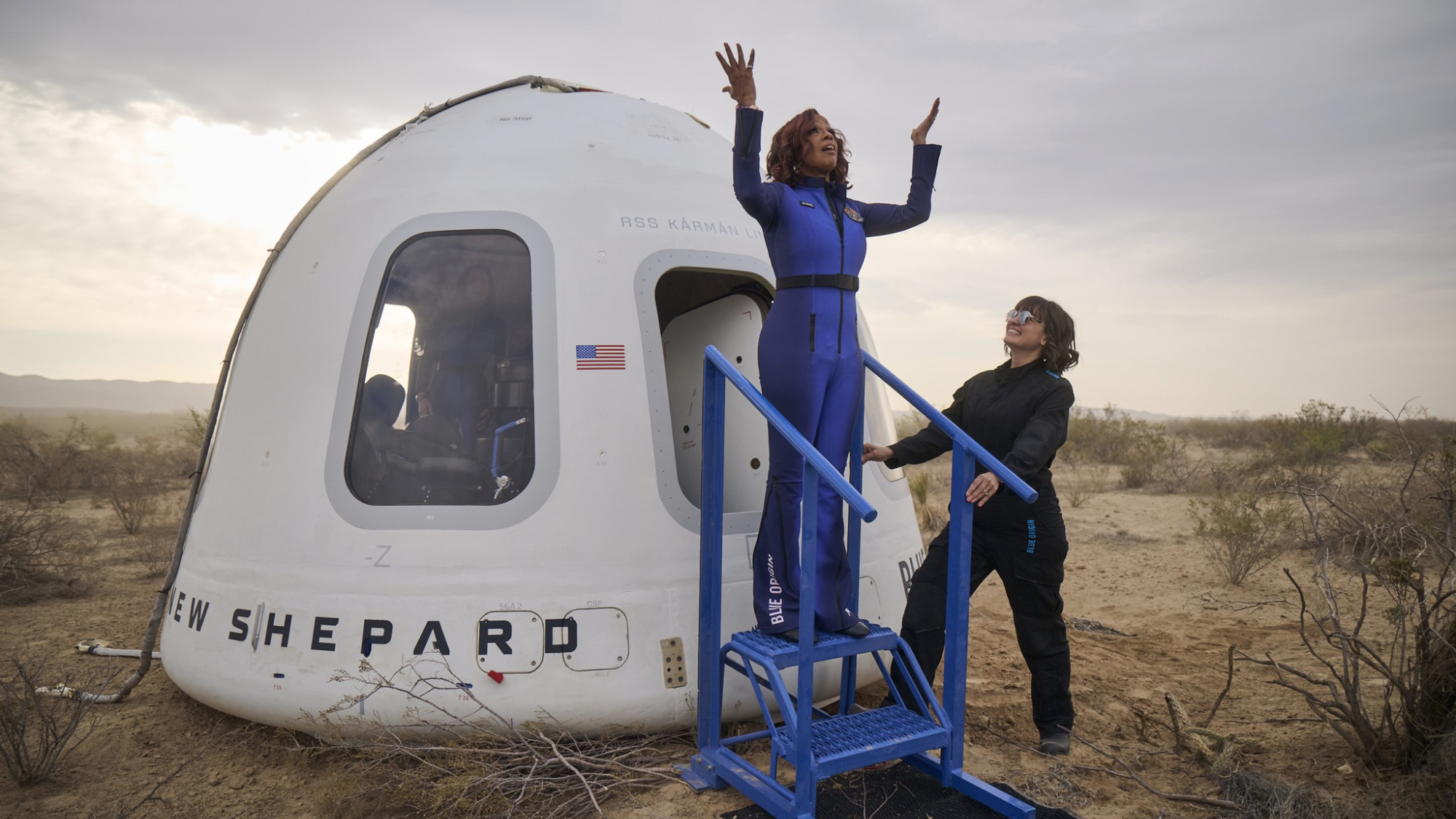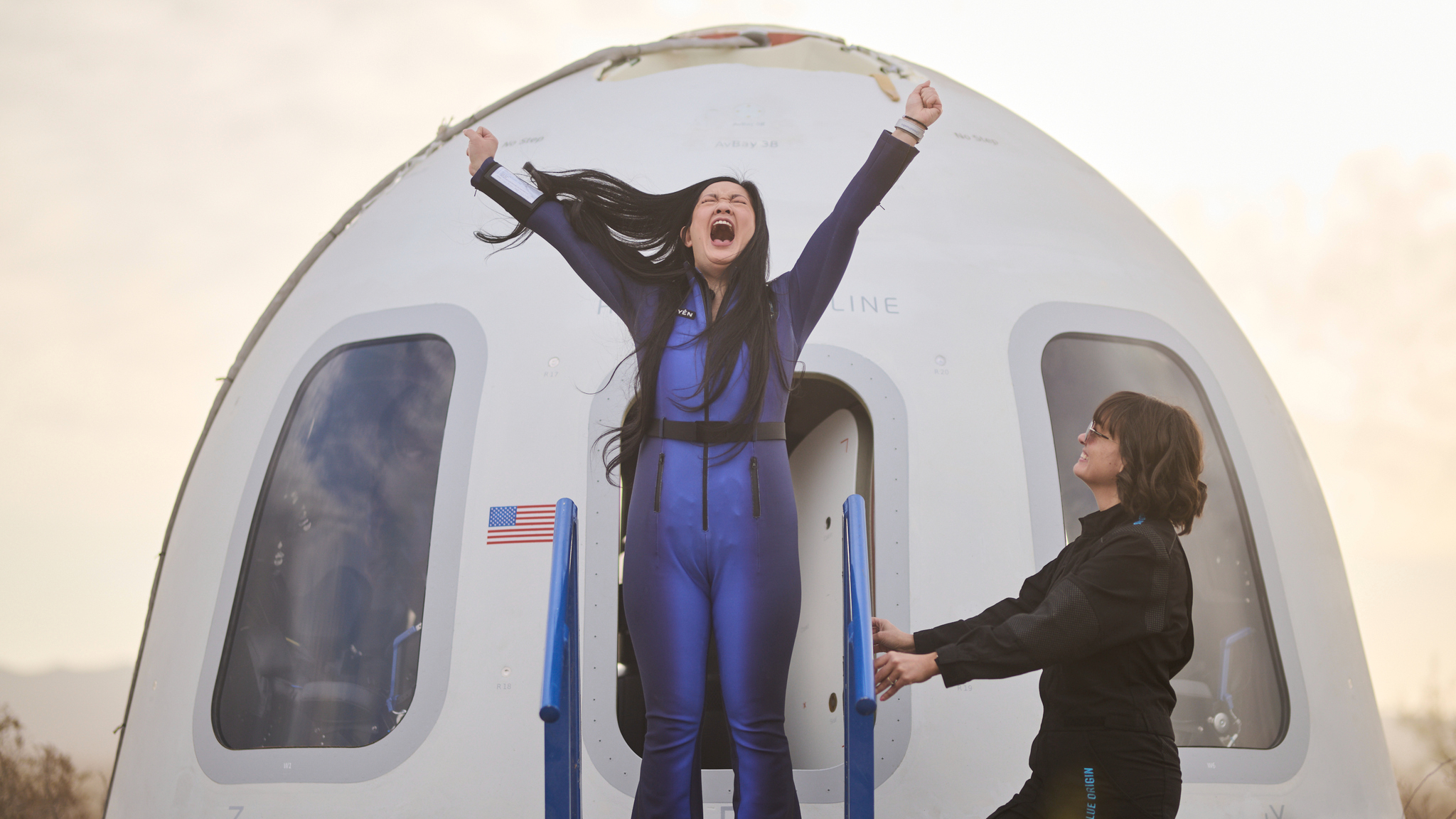Saturn and Its Rings Meet Sun Glare in Ethereal Cassini Photo

Saturn and its rings shine through the sun's glare across the Cassini spacecraft's wide-angle camera in a newly released photo from the planetary mission.
The Cassini spacecraft, a cooperative project of NASA, the European Space Agency and the Italian Space Agency, completed its mission in September 2017 with a dramatic dive into Saturn's atmosphere. It snapped this photo back in 2013, flying approximately 491,200 miles (790,500 kilometers) from the planet.
"In this image, NASA's Cassini sees Saturn and its rings through a haze of sun glare on the camera lens," NASA officials said in a statement yesterday (March 5). "If you could travel to Saturn in person and look out the window of your spacecraft when the sun was at a certain angle, you might see a view very similar to this one."
Now that Cassini is gone, NASA's next best look at the Saturn system could be close-ups of its intriguing moons in the 2020s: in December, NASA funded the next stage of development for a flying, eight-legged drone to explore the surface of Saturn's largest moon, Titan, and funded continued work on a probe to search for life signatures at Saturn's icy moon Enceladus.
Email Sarah Lewin at slewin@space.com or follow her @SarahExplains. Follow us @Spacedotcom, Facebook and Google+. Original article on Space.com.
Get the Space.com Newsletter
Breaking space news, the latest updates on rocket launches, skywatching events and more!
Join our Space Forums to keep talking space on the latest missions, night sky and more! And if you have a news tip, correction or comment, let us know at: community@space.com.

Sarah Lewin started writing for Space.com in June of 2015 as a Staff Writer and became Associate Editor in 2019 . Her work has been featured by Scientific American, IEEE Spectrum, Quanta Magazine, Wired, The Scientist, Science Friday and WGBH's Inside NOVA. Sarah has an MA from NYU's Science, Health and Environmental Reporting Program and an AB in mathematics from Brown University. When not writing, reading or thinking about space, Sarah enjoys musical theatre and mathematical papercraft. She is currently Assistant News Editor at Scientific American. You can follow her on Twitter @SarahExplains.









